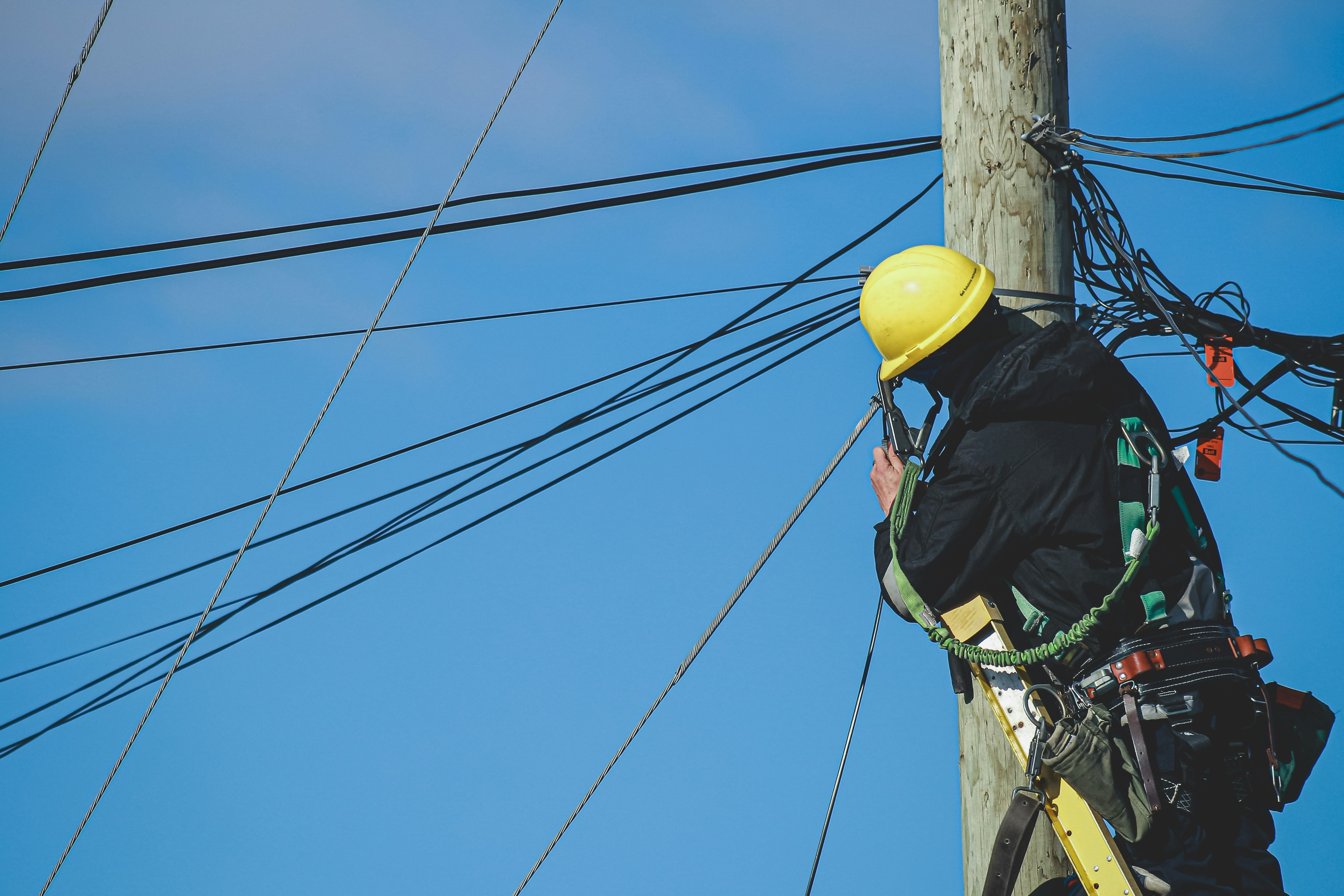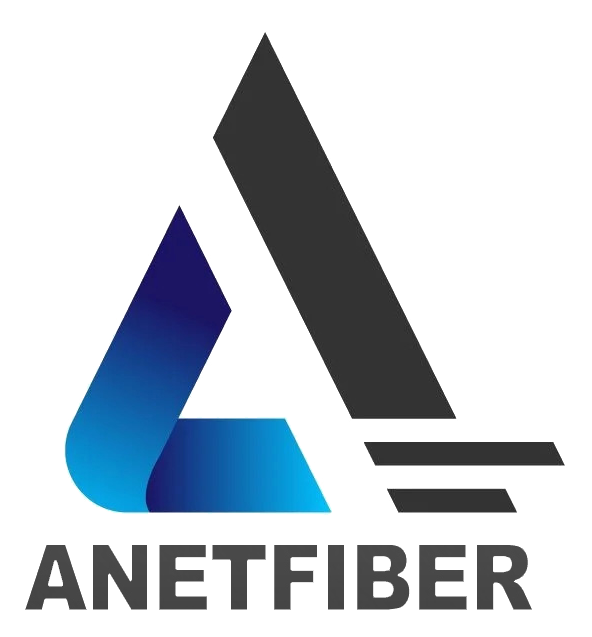5 Benefits of Professional Fiber Optic Installation Services

Introduction to Professional Fiber Optic Installation Services
When it comes to fiber optic technology, the transmission of data and information occurs through the use of light pulses. This innovative approach allows for faster and more reliable communication compared to traditional copper wiring systems. The core of a fiber optic cable consists of numerous hair-thin strands of glass or plastic that transmit data over long distances.
Now, you might be wondering, why does professional installation matter when it comes to fiber optic technology? The answer lies in the intricate nature of these systems. Unlike conventional copper cables, fiber optic cables require specialized handling and installation techniques to ensure optimal performance. Without the expertise and precision that professional installation services provide, there is a risk of signal loss, connection issues, and compromised network reliability.
In essence, professional installation services play a crucial role in ensuring that the full potential of fiber optic technology is realized. Whether it's for residential, commercial, or industrial applications, the expertise offered by professional installers can make a significant difference in the overall functionality and longevity of a fiber optic network.
The Importance of Expertise in Fiber Optic Installation
When delving into the realm of fiber optic installation, it becomes evident that these systems possess a level of complexity that demands specialized knowledge and skills. Understanding the intricate nature of fiber optic systems is essential for ensuring successful installations and optimal performance.
Understanding the Complexity of Fiber Optic Systems
The intricacy of fiber optic systems stems from their composition and functionality. Unlike traditional copper wiring, fiber optic cables consist of delicate strands of glass or plastic that transmit data using light pulses. This unique construction requires careful handling to prevent damage or signal loss. Additionally, the process of splicing and terminating fiber optic cables demands precision to maintain signal integrity over long distances.
Why DIY Isn't the Best Option
While the allure of DIY projects is undeniable, attempting to install fiber optic systems without proper expertise can lead to detrimental outcomes. Without a thorough understanding of cable handling, termination methods, and testing procedures, DIY installations pose a significant risk to network reliability and performance. Inadequate installation may result in signal degradation, connectivity issues, and compromised data transmission.
The Value of Professional Fiber Optic Installation Companies
Professional fiber optic installation companies bring a wealth of expertise and experience to the table, ensuring that installations are carried out with precision and adherence to industry standards. Their proficiency in handling delicate fiber optic components minimizes the risk of damage during installation, ultimately contributing to enhanced network reliability.
Training and Certification Matters
One distinguishing factor that sets professional installers apart is their commitment to ongoing training and certification in fiber optic installation. By participating in comprehensive training courses, these professionals stay updated on the latest industry practices, safety guidelines, and technological advancements. This dedication translates into meticulous installations that meet stringent quality standards.
How Professional Fiber Optic Installation Enhances Network Reliability
When it comes to Fiber optic technology, the reliability of the network is paramount for seamless data transmission. Professional fiber optic installation not only ensures the proper setup of the infrastructure but also plays a crucial role in enhancing network reliability through meticulous techniques and methods.
Ensuring Proper Fiber Optic Cable Pulling Techniques
One of the fundamental aspects of professional fiber optic installation is the implementation of proper fiber optic cable pulling techniques. This process involves carefully handling and positioning the cables to minimize stress and tension, ultimately preserving signal integrity. By adhering to industry best practices for cable pulling, professional installers mitigate the risk of signal loss or performance degradation, thereby contributing to a more reliable network.
In practice, utilizing specialized tools and equipment for cable pulling allows for precise control over tension levels, preventing potential damage to the delicate fiber optic cables. The expertise demonstrated in executing these techniques significantly reduces the likelihood of connectivity issues and ensures consistent data transmission.
The Critical Role of Fiber Optic Cable Termination Methods
Another pivotal aspect that influences network reliability is the application of appropriate fiber optic cable termination methods. Proper termination is essential for establishing secure connections and maintaining signal strength throughout the network infrastructure. Professional installers are well-versed in a variety of termination methods, each tailored to specific project requirements.
Avoiding Common Mistakes
By entrusting fiber optic installation to professionals, common mistakes associated with cable termination can be effectively avoided. These errors may include improper alignment during connector installation, inadequate protection from environmental factors, or suboptimal splicing techniques. Through meticulous attention to detail and adherence to industry standards, professional installers ensure that such mistakes are minimized or eliminated altogether.
The Role of Advanced Equipment and Techniques in Fiber Optic Installation
As technology continues to advance, the field of fiber optic installation has also evolved, necessitating the use of specialized equipment and techniques to ensure optimal performance and reliability.
The Necessity of Specialized Fiber Optic Installation Equipment and Tools
Professional fiber optic installation relies heavily on a range of specialized equipment and tools designed to handle the delicate nature of fiber optic components. From precision cleavers for cutting fibers to fusion splicers for seamless connections, these tools are essential for achieving low-loss splices and maintaining signal integrity throughout the network infrastructure. Additionally, advanced testing equipment such as optical time-domain reflectometers (OTDRs) plays a crucial role in verifying cable quality and identifying potential issues.
In essence, the utilization of advanced equipment not only streamlines the installation process but also contributes to the overall reliability and performance of fiber optic networks.
Mastery of Fiber Optic Cable Splicing Procedures
The art of fiber optic cable splicing is a critical aspect of professional installation, directly impacting network performance and longevity. Through meticulous splicing techniques, individual fiber strands are seamlessly connected to ensure minimal signal loss and maximum data transmission efficiency.
How Splicing Affects Performance
Effective splicing procedures are vital for minimizing insertion loss at connection points. By achieving low-loss splices, professionals can maintain signal strength across the entire network, thereby reducing the risk of data degradation or transmission errors. Furthermore, precise splicing techniques contribute to the overall durability and resilience of fiber optic connections, ensuring long-term reliability.
The Importance of Fiber Optic Cable Testing and Certification
Once installations are complete, thorough testing and certification procedures are essential for validating network integrity and adherence to industry standards. Professional installers utilize advanced testing equipment to measure key parameters such as insertion loss, return loss, and bandwidth capacity.
By conducting comprehensive tests, any potential issues or anomalies within the network can be identified and addressed proactively. Moreover, obtaining certification following successful testing provides assurance that the installed fiber optic infrastructure meets stringent quality benchmarks.
Real-World Success Stories of Professional Fiber Optic Installation
As we delve into the realm of fiber optic installation project management, it's essential to explore real-world case studies that highlight the transformative impact of expert installation. These success stories not only underscore the significance of professional expertise but also offer valuable insights into the best practices for achieving optimal results.
Case Studies Highlighting the Impact of Expert Installation
In a recent commercial development project, the implementation of fiber optic technology was pivotal in establishing a robust and high-speed communication infrastructure. By enlisting the services of a reputable fiber optic installation company, the project management team ensured that every aspect of the installation process was meticulously executed. From cable pulling to termination and testing, each phase was carried out with precision and adherence to industry standards.
The result? A seamless network capable of supporting high-bandwidth applications and facilitating uninterrupted data transmission. The successful integration of fiber optic technology not only elevated operational efficiency within the facility but also positioned the organization for future technological advancements.
Another noteworthy case study revolves around a residential community seeking to upgrade its networking capabilities. With an emphasis on reliability and scalability, professional installers were tasked with deploying a comprehensive fiber optic network throughout the neighborhood. Through meticulous planning and execution, every residence was seamlessly connected to a high-speed fiber optic network, enabling residents to enjoy unparalleled connectivity and digital experiences.
These case studies serve as compelling testaments to the transformative power of expert fiber optic installation. By leveraging professional expertise, organizations and communities alike can unlock new possibilities in communication, data transfer, and technological innovation.
Learning from Fiber Optic Installation Project Management Successes
Beyond individual case studies, it's crucial to examine broader trends in fiber optic installation project management that contribute to overall success. One key aspect that consistently emerges from successful projects is the emphasis on meticulous planning and strategic execution.
How Proper Planning Leads to Success
In every successful fiber optic installation project, proper planning serves as the cornerstone for achieving desired outcomes. This involves conducting comprehensive site assessments, understanding specific infrastructure requirements, and developing tailored deployment strategies. By taking into account factors such as cable routes, connectivity points, and future expansion needs, project managers lay a solid foundation for seamless installations.
Moreover, effective planning encompasses thorough risk assessment and mitigation strategies. Anticipating potential challenges such as environmental factors or logistical constraints allows for proactive solutions that minimize disruptions during installation. This proactive approach not only streamlines the deployment process but also contributes to cost savings and efficient resource utilization.
Furthermore, proper planning extends beyond the initial stages of a project; it encompasses ongoing maintenance and scalability considerations. By factoring in long-term sustainability and adaptability into installation plans, organizations can future-proof their fiber optic infrastructure against evolving technological demands.
In essence, learning from these successes underscores the pivotal role of strategic planning in achieving exceptional outcomes in fiber optic installation project management.
Conclusion: Reflecting on the Benefits of Professional Installation
As we conclude our exploration of professional fiber optic installation services, it's essential to reflect on the key takeaways that underscore the transformative impact of expert expertise in this field.
Summarizing the Key Takeaways
Throughout this discussion, we've delved into the intricate realm of fiber optic technology and emphasized the critical role that professional installation services play in ensuring optimal network performance. From understanding the complexity of fiber optic systems to highlighting the significance of advanced equipment and techniques, it's evident that expertise and precision are fundamental to achieving reliable and efficient installations.
One key takeaway is the necessity of specialized knowledge and skills when dealing with fiber optic systems. The delicate nature of fiber optic components demands meticulous handling, precise termination methods, and thorough testing procedures to guarantee network integrity.
Moreover, real-world success stories have illustrated how professional installations can elevate communication infrastructure, whether in commercial developments or residential communities. The transformative power of expert installation is undeniable, paving the way for enhanced connectivity and technological innovation.
Encouraging Professional Installation for Optimal Results
In light of these insights, it's clear that professional fiber optic installation companies bring a wealth of expertise and experience to every project. Their commitment to ongoing training and certification ensures that installations are carried out with precision and adherence to industry standards.
Therefore, as organizations and individuals seek to harness the full potential of fiber optic technology, embracing professional installation services is paramount. By doing so, they can unlock a myriad of benefits, including enhanced network reliability, seamless data transmission, and future-proof infrastructure.
In conclusion, the advantages of professional installation services extend far beyond mere technical proficiency; they encompass a commitment to excellence that underpins every aspect of fiber optic installation. By entrusting installations to experts in the field, organizations can embark on a journey towards unparalleled connectivity and technological advancement.


